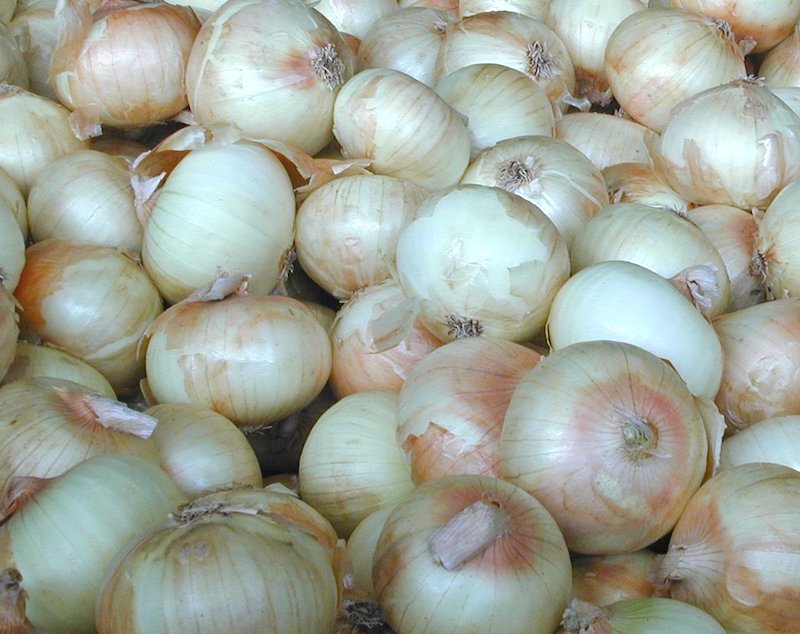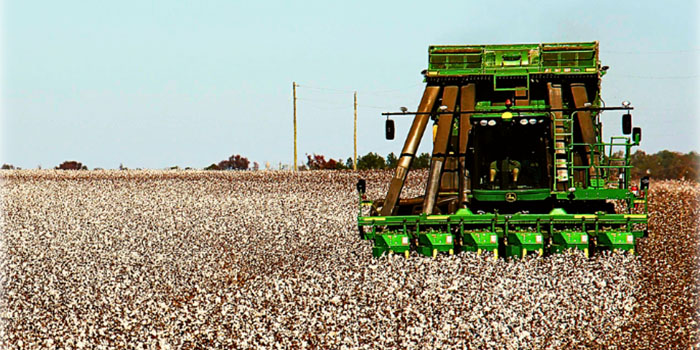Georgia’s wildly fluctuating temperatures in this year’s first four months played havoc on the state’s signature onion crop.
While farmers were expecting a banner year for onion yields, a warm January and February followed by a chilly March and April caused widespread cases of seed stem in the 12,000 acres of Vidalia onion fields.
Seed stem is a stress-induced condition where the center of the onion becomes hard and starts to produce a stem. The onion is still edible, but has a short shelf life, which severely limits its marketability.
In some farmers’ fields, upwards of 70 to 80 percent of the onions had seed stems, said Reid Torrance, a Vidalia onion expert with University of Georgia Cooperative Extension who has been serving the Tattnall County onion-producing area since 1984.
“It’s hard to pin down exactly what triggers the onions to develop seed stems,” he said. “But I think these huge fluctuations in temperatures we had this year contributed to it. Anything that shocks the plant can cause it to develop a seed stem.”
Soaking rains that flooded farmers’ fields in March also contributed to the number of seed stems in the fields.
Adding to the problem, cooler temperatures in March also slowed the development of the onions, which need a certain number of days above a certain temperature to mature completely.
Onions with seed stems can be separated out after harvest, but farmers don’t want to have to pay to harvest all of their onions if they will only be able to sell half of them.
Farmers who have seen 50 percent or more of their onions coming out of the ground with seed stems are likely to plow their fields under and make insurance claims rather than spend the money on labor needed to cut and sort the onions.
“When you’re talking about 50 to 60 percent of your crop having problems, any problems, it makes more sense (not to harvest),” Torrance said. “You’re not going to make any money, but you’ll lose a lot less.”
Torrance estimates that onion farmers are losing a total of about one-third of their crop this year.
Despite the loss, consumers probably will not notice a lack of Vidalia onions in the grocery stores or onions of any lesser quality. They may, however, notice slightly higher prices, he said.
Onion prices were already high going into this year’s Vidalia onion harvest season because of production problems in other onion producing regions.
Vidalia farmers were hoping to make good profits off of those higher prices this year, but now they’ll need prices to go up a little more just to break even, Torrance said.
“We thought we were sitting on a goldmine down here, but not with a third of the crop in seed stems,” he said.
“We hopefully will see onion prices go up as the season progresses because more and more farmers are determining that the crop is not going to be as big as we had hoped.”





